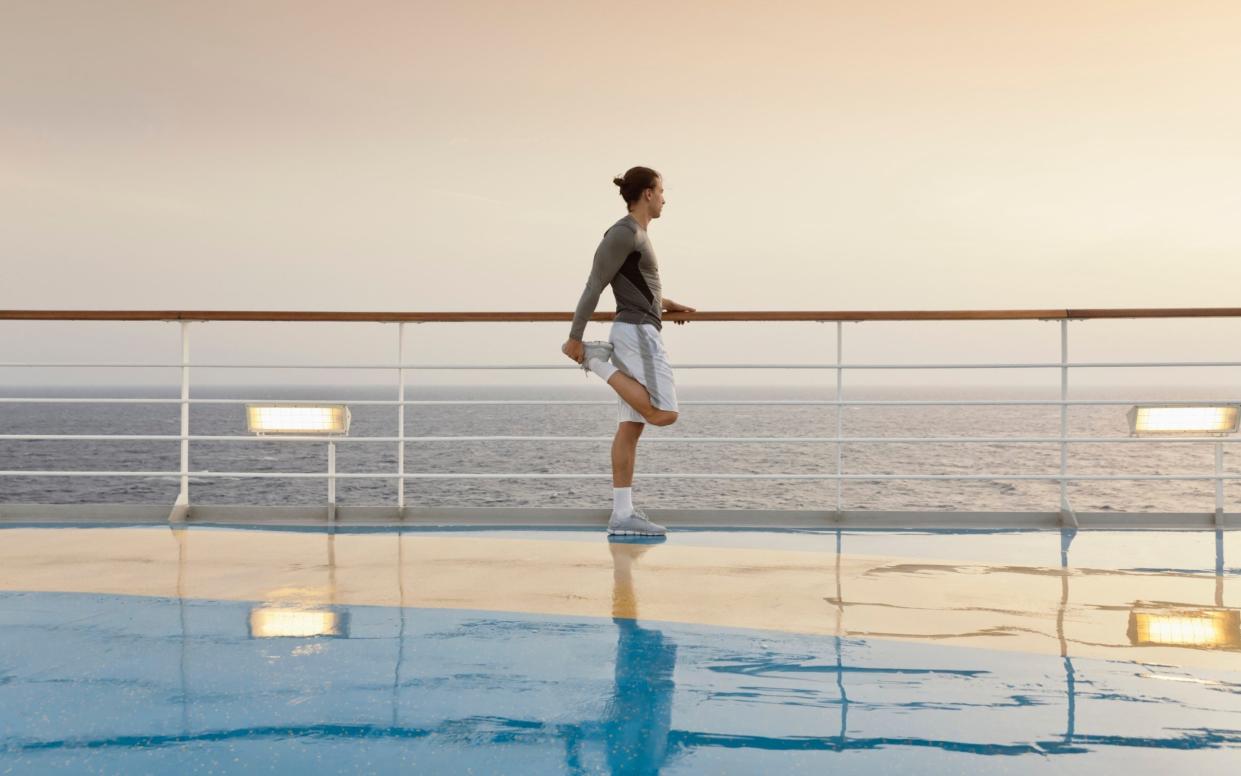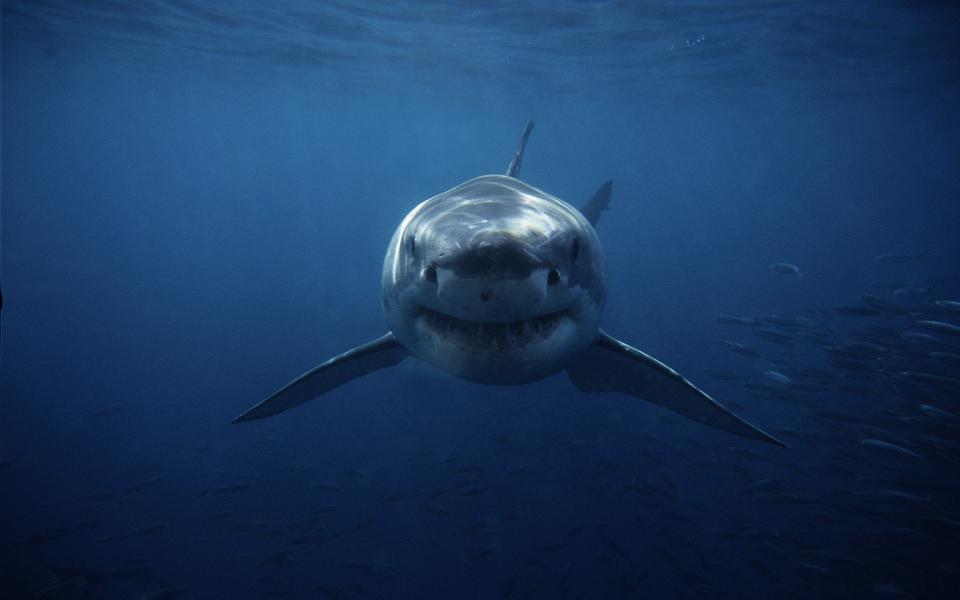What happens when a cruise passenger falls overboard

Thanks to chest-high railings surrounding the passenger decks, it’s very difficult to fall from a cruise ship – but people do. Two weeks ago, American teenager Sigmund Ropich plunged into the sea from the world’s largest cruise ship, Royal Caribbean’s Wonder of the Seas, as it sailed off the coast of Cuba after departing Port Canaveral in Florida.
In this case, as in other overboards, the ship went into an established search-and-rescue operation. This involves turning the ship around and returning to the point where the passenger entered the water, with the ship’s crew searching the vicinity for several hours. Other ships in the area are also alerted, along with the nearest maritime authority, to assist.
Ropich, who had been holidaying with friends, is still missing and the search for him was wound down after three days. Some observers have criticised the absence of man overboard (MOB) detection systems that use thermal cameras and micro radars to automatically raise the alarm on the bridge if someone plummets into the sea. Only some cruise ships have this technology installed.
According to website Cruise Junkie, 373 cruise and ferry passengers and crew members fell overboard between 2000 and 2021, with 2019 recording the highest total: 29. Ropich was the 15th person to fall overboard this year.
There are exceptions, but the majority of instances tend to be down to suicide, drunkenness or foul play and Andy Harmer, UK and Ireland director of cruise association Clia, is keen to reassure passengers that cruising remains “one of the safest forms of travel”.
“Cruise ships today are the safest that ever sailed, thanks to the rules, regulations and technological innovations that govern their design,” he said. “There are no known cases of someone acting responsibly who has accidentally fallen over the railing of a cruise ship.”
But what are your chances of survival if you find yourself plunging off the side of a ship? The blunt answer is that the odds are stacked against you, but there are many variables that will determine your fate.
Much depends on how far you fall and the temperature and condition of the sea.
“The initial few seconds are critical,” explained Dr Simon Boxall, an oceanographer at the University of Southampton.
“If you fall from a great height, not only do you risk breaking a limb as you hit the water, but it will knock all the air out of you and you can drown very quickly.”
Upon plummeting into cold waters, victims invariably go into what is termed “cold shock response” as the abrupt fall in skin temperature prompts them to take an involuntary gasp, inevitably swallowing seawater and making them susceptible to drowning.

According to Portsmouth University professor Mike Tipton, a survival expert who co-wrote the guide, Essentials of Sea Survival, 60 per cent of deaths in cold seas occur in the first few minutes of entering the water. So even if you’re spotted going overboard, by the time the cruise ship turns around to retrieve you it will be too late.
A further 20 per cent of victims succumb to hypothermia, which can set in after 30 minutes, and the final 20 per cent die as they are being rescued – a surprising incidence that experts attribute to victims suddenly relaxing.
The temperature of the sea is a major key to survival and, not surprisingly, you stand a better chance of being rescued alive if you fall into the tropical Caribbean rather than the chilly waters of the North Sea.
As a rule of thumb, it is estimated that in waters of around 5°C, victims have roughly 60 minutes before hypothermia sets in; at 10°C this doubles to two hours; and at 15°C it extends to six hours.
“When the waters are above 25°C, there’s a saying that the problem goes from cold to shark,” said Professor Tipton. However, shark attacks in such circumstances are still extremely rare.

“One of the biggest issues of survival is knowing what is going to happen to you and that it is quite normal,” he stressed.
“Remember that the cold shock response is normal and diminishes after a couple of minutes. Don’t thrash about as that uses heat and energy; try to stay still and float.”
As the cold moves through the victim’s body, they become more physically incapacitated and may be unable to hold on to flotation devices or use their hands.
Professor Tipton advises victims to prepare themselves before this happens by wedging or tying a flotation device to their body or swimming to a better position; but only using their legs as stretching out arms further cools the body.
Those with nothing to clutch on to are advised to curl into a foetal position to conserve as much heat as possible, using one leg to insulate the other. Likewise, keep your clothes on – they will help you float.
It’s also worth noting that in waters of less than 25°C, it is better to stay still as you will lose more body heat if you exercise to keep warm.
Floating in calm seas greatly increases your chances of being spotted by rescue crews, while choppier waters will severely diminish this.
“For rescue vessels, trying to find someone who has fallen over the side of a ship is really like tracking down a needle in a haystack,” said Dr Boxall.
Unless you only need to swim a short distance, it is better to float around until someone finds you. Women have an advantage, because women generally have a higher level of subcutaneous body fat, which makes you more able to float. Because of this, they are less likely to suffer from exhaustion from swimming or treading water for hours.
For those who survive those first few terrifying minutes, the secret is to keep your spirits up.
“Keep a positive mental attitude and don’t give up,” advises Professor Tipton. “After all, in waters of 15°C, you may have six hours, which is quite a long survival prospect. Just remember not to relax, even when you’re being rescued.”

 Yahoo Movies
Yahoo Movies 
